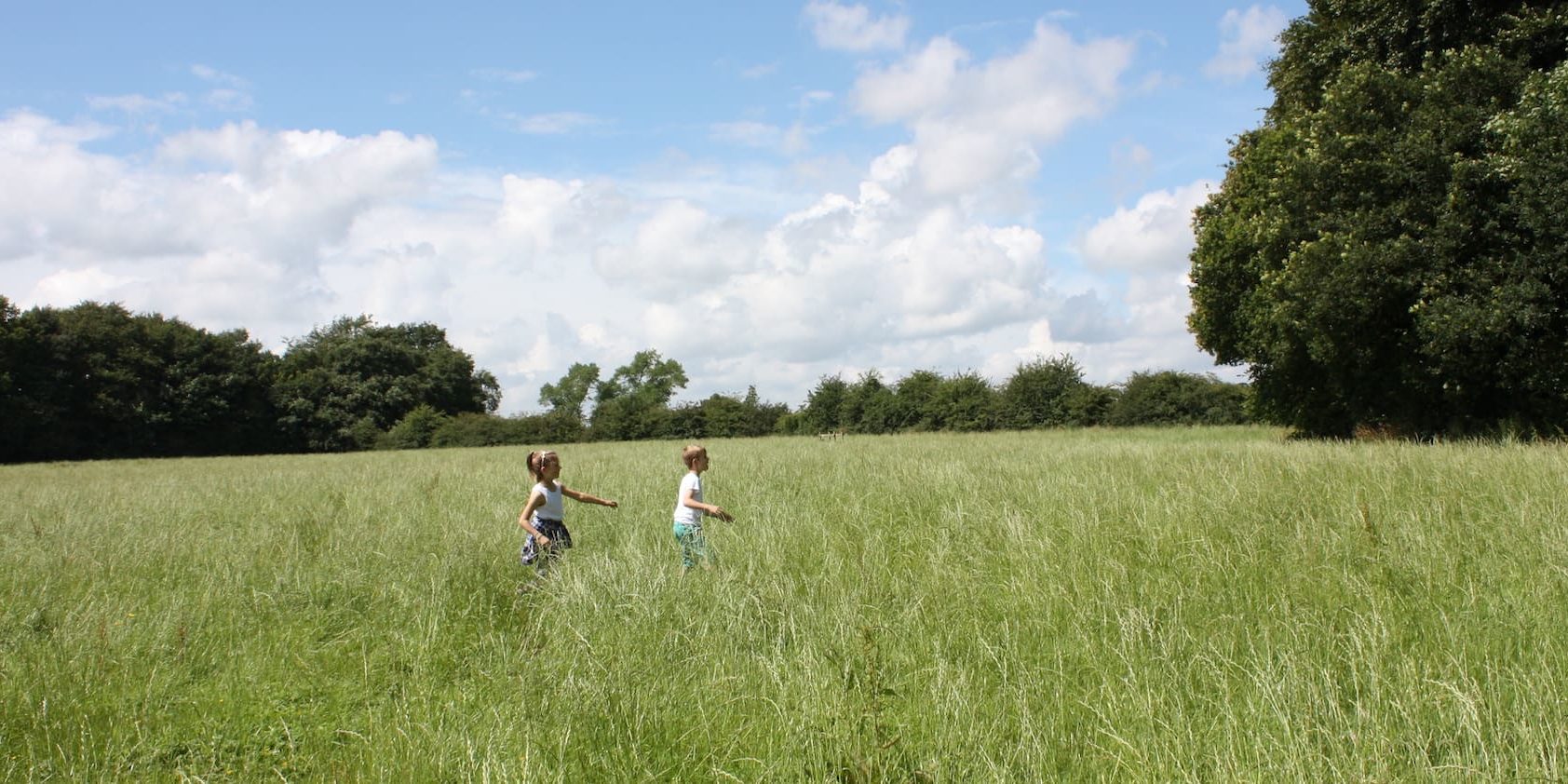Proposed £3.5bn road scheme that could cut through Oxfordshire countryside is unjustified, says campaigners

21st March 2017

Landmark research shows scant evidence that road schemes produce economic benefits, but that they increase traffic dramatically and damage the countryside.
New research published this week by the Campaign to Protect Rural England (CPRE) reveals that road-building is failing to provide the congestion relief and economic boost promised, while devastating the environment.
The research, the largest ever independent review of completed road schemes in England, arrives as the Government proposes an Expressway between Oxford, Milton Keynes and Cambridge that could cost up to £3.5bn and could cut through Oxfordshire causing irreversible damage to the countryside.
Oxford-Cambridge Expressway
There have been a number of possible routes shortlisted for the Oxford-Cambridge Expressway, all of which would have a significant impact on the Oxfordshire countryside, including the potential route from the A34 just north of Abingdon which would cut a swathe across open countryside to the M40 near Thame. The business case for the scheme highlights expected reduced journey times between Oxford, Milton Keynes and Cambridge, however there is a lack of evidence to support this assumption.
The end of the road?
CPRE’s report The end of the road? reveals that traffic was found to increase much more in road corridors with new schemes than background traffic in the surrounding area. Schemes completed eight to 20 years ago demonstrated a traffic increase of 47%, while traffic more than doubled in one scheme.
The report directly challenges government claims that ‘the economic gains from road investment are beyond doubt’; that road-building will lead to ‘mile a minute’ journeys; and that the impact on the environment will be limited ‘as far as possible’. The report shows how road building over the past two decades has repeatedly failed to live up to similar aims.
The proposed Oxford – Cambridge Expressway also promises to boost jobs and local economies, however evidence from other road schemes shows this is rarely the case. Of roads promoted for their benefits to the local economy, just one in five demonstrated any evidence at all of economic benefit, and that was weak.
More than half of the road schemes analysed harmed protected landscapes and designated environmental sites, including National Parks, Areas of Outstanding Natural Beauty, ancient woodland and historic places. Overall, there was evidence that 80% of schemes built damaged the surrounding environment.
Helen Marshall, CPRE Oxfordshire’s Branch Director, said:
“It is clear that road-building is not delivering the congestion relief promised or the boost to local economies hoped for. Instead of investing huge amounts in a new Expressway that will increase pollution, reduce tranquillity and harm the Oxfordshire countryside, the Government should focus on a forward looking mobility strategy such as investing in high quality bus services, well-planned rail services, cycling routes to and from stations and better, more efficient use of the existing road network.”
Read CPRE’s report ‘The end of the road: Challening the road-building consensus‘, March 2017.
See CPRE Oxfordshire Press Release, 21 March, below.
CPRE Oxfordshire, 21 March
